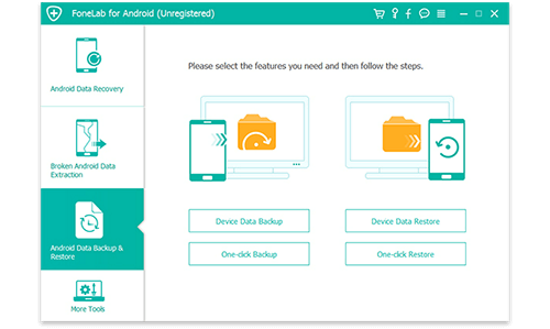

- #Data backup and restore how to#
- #Data backup and restore update#
- #Data backup and restore full#
- #Data backup and restore windows 10#
In the search box on the taskbar, type: Control Panel If you used Backup and Restore to back up files or create a computer image backup in previous versions of Windows, your old backup is still available in Windows 10. To save it in a different place, right-click Restore, select Restore to, and then choose a new location.įind your backups created on previous versions of Windows. When you find the version that you want, select Restore to save it in its original location.Look for the file that you need, then use the arrows to see all its versions.Then select Restore your files with File History. Data backup and recovery should be an integral part of the business continuity plan and information technology disaster recovery plan. In the search box on the taskbar, type: Restore Files.
#Data backup and restore how to#
If you are missing an important file or folder that you have backed up, here is how to get it back:
#Data backup and restore update#
Select Start > Settings > Update & Security > Backup > Add a Drive, and then choose an external drive or network location for your backups ( Figure 1).
#Data backup and restore windows 10#
While not sufficient for low recovery time objective (RTO) use cases, it can be used for a hot/cold restoration scenario where an RPO on the order of minutes is desirable.You can use the File History feature in Windows 10 to back up to an external drive or network location.
#Data backup and restore full#
Full system backups can also be run periodically (perhaps monthly) in order to capture a snapshot of the state of the server(s) should a catastrophe strike that requires a full system restoration.Ī live data backup is appropriate in order to frequently capture the state of the application data in order to provide rapid restoration of a previous state in case of a failure.

Use your preferred backup mechanism for the specific RDBMS used in the Appian environment.


External data sourcesĪll external data sources used with Appian must be backed up separately and simultaneously. The folders containing this application data should be backed up at the same time. Appian application dataĪpplication data comprises files stored on the server that are referenced by Appian engines, including documents stored in the document management system, archived processes, search indices, the keystore file, data managed by the data service, and other data files. Otherwise, you might encounter synchronization issues. This ensures that during recovery the system's data snapshot is synchronized and consistent. When scheduling a script to backup the Appian data, external databases must be backed up at the same time.


 0 kommentar(er)
0 kommentar(er)
